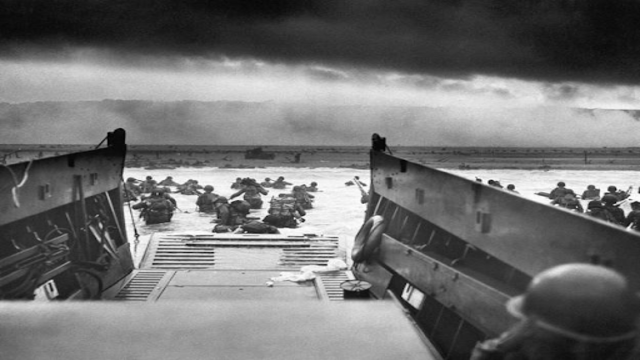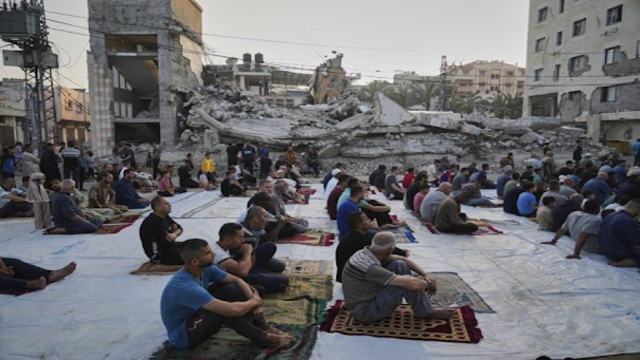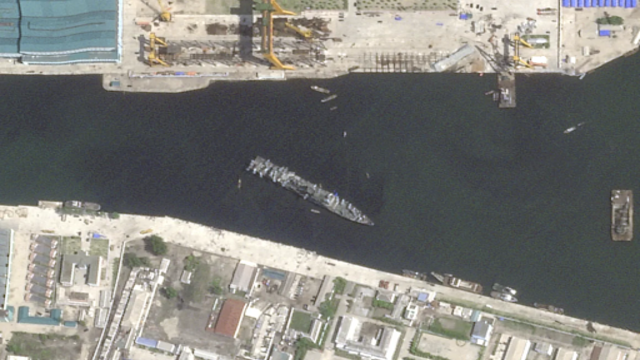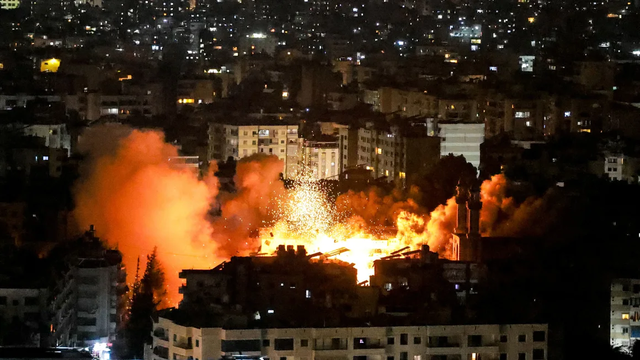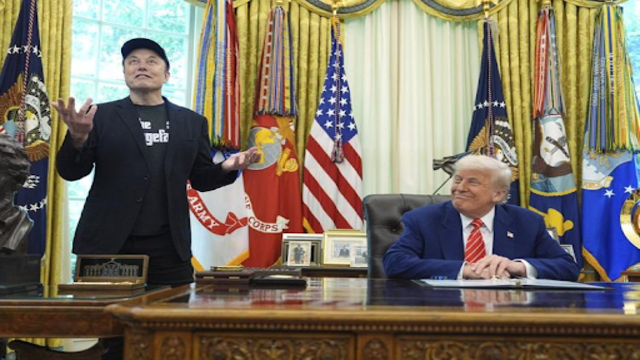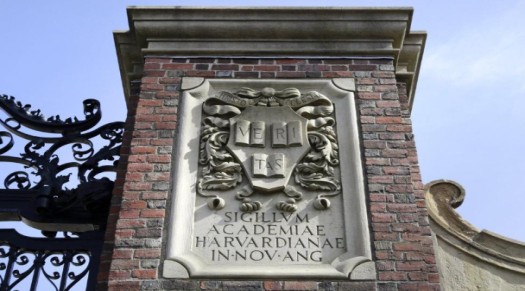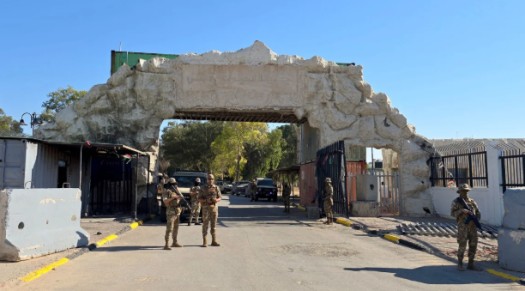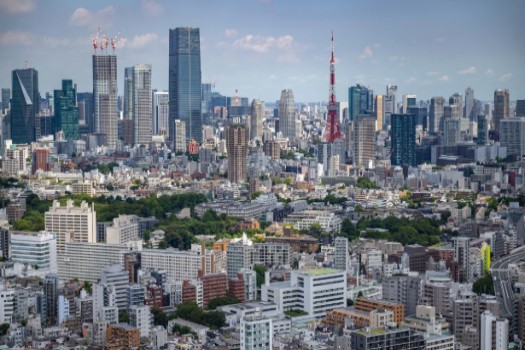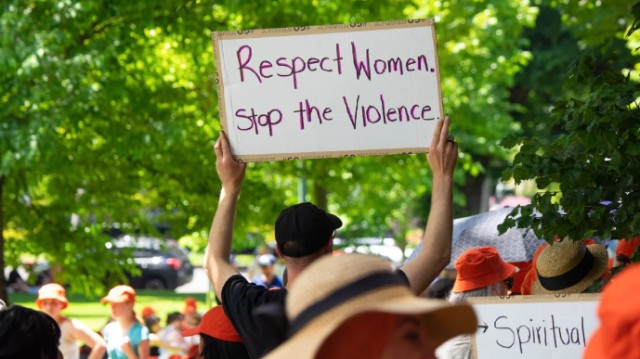
A blanket of snow surrounds the U.S. Capitol as news breaks that President-elect Donald Trump's inauguration will be moved indoors due to the dangerously cold weather forecasted for Monday in Washington, January 17, 2025. Reuters
In a rare change of plans, President-elect Donald Trump's inauguration ceremony will be held indoors due to dangerously cold weather, marking the first time in 40 years that a U.S. presidential swearing-in will be moved from the outdoors. On January 17, 2025, Trump's office announced that the event, scheduled for January 20, would take place inside the U.S. Capitol Rotunda instead of the National Mall, where crowds typically gather.
Trump shared his concerns about the harsh winter conditions, saying, "There is an Arctic blast sweeping the country. I don’t want to see people hurt, or injured, in any way." He further confirmed on his social media platform, Truth Social, that the inauguration, including prayers and speeches, would be delivered inside the Capitol.
The decision to move the event indoors comes after weather forecasts predicted a chilly 19°F (-7°C) temperature during the inauguration, with the wind chill making it feel even colder. The last time an inauguration was held indoors due to severe cold was in 1985 for Ronald Reagan’s second term, when wind chills dropped to -10°F to -20°F (-23°C to -29°C).
For many, the change in venue means a dramatic shift in how the inauguration will unfold. Instead of the traditional outdoor setting on the National Mall, where over 200,000 ticketed guests would have attended, the event will be relocated to the U.S. Capitol. Supporters of the new president can still watch the ceremony, but the venue has now been limited to Capital One Arena, an indoor sports facility with a seating capacity of 20,000. Trump also stated that the presidential parade, usually seen marching down Pennsylvania Avenue, would be moved to the same venue, though it’s unclear how the parade will be adapted for an indoor setting.
Trump further clarified that after being sworn in, he would join supporters at the arena for a rally. While this move will make the ceremony more intimate, it significantly reduces the number of people who will experience it in person. A large crowd of over 250,000 unticketed attendees who were expected to gather outside will now be unable to witness the inauguration on-site. Some people, like Tammy Matte from Mississippi, who had tickets for the event, decided to cancel their trips because of the shift. "We don’t feel it’s worth it not to see the ceremony in person," said Matte.
The National Park Service, which oversees the National Mall, has yet to announce if the public will still be allowed to gather outside to watch the indoor ceremony on video screens. Trump’s inauguration committee is coordinating closely with the U.S. Secret Service to ensure the security of the event, adapting plans due to the weather conditions.
While the weather may have prompted a change in location, cold temperatures have historically been a part of U.S. inaugurations. In 2009, Barack Obama's first inauguration was cold, with temperatures only reaching 29°F (-1.5°C). Past inaugurations have seen challenges due to frigid conditions as well, with President William Henry Harrison’s long inaugural speech in 1841 potentially contributing to his untimely death from pneumonia shortly after.
The inauguration will now unfold with a smaller crowd but will still reflect the significance of the event, even as winter’s chill sweeps through Washington.


